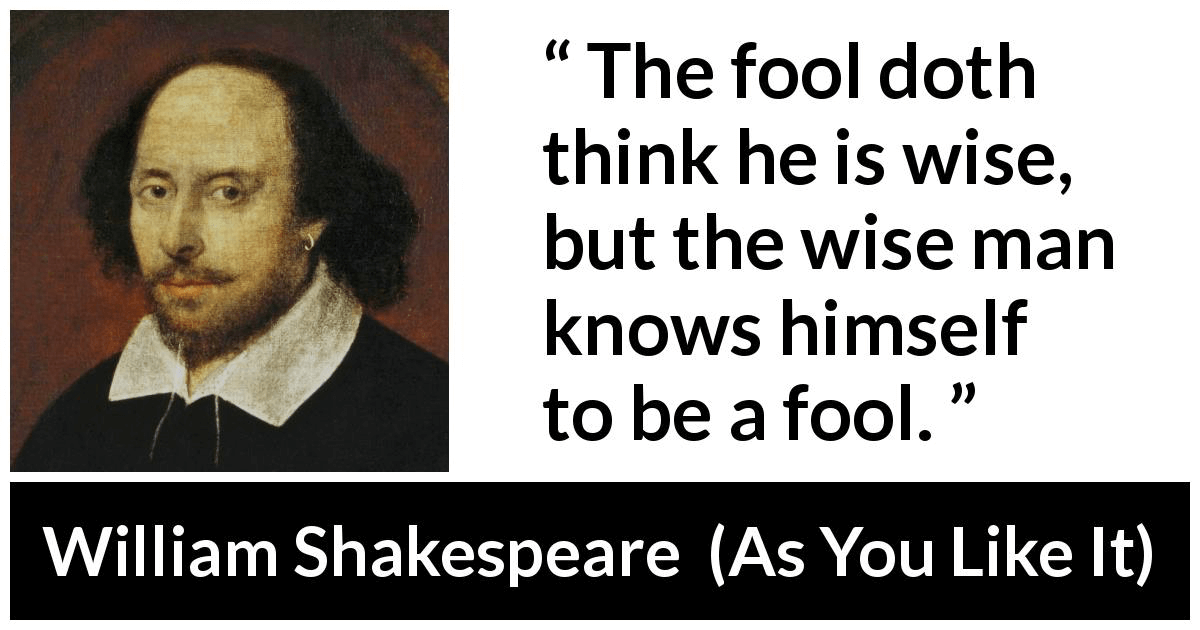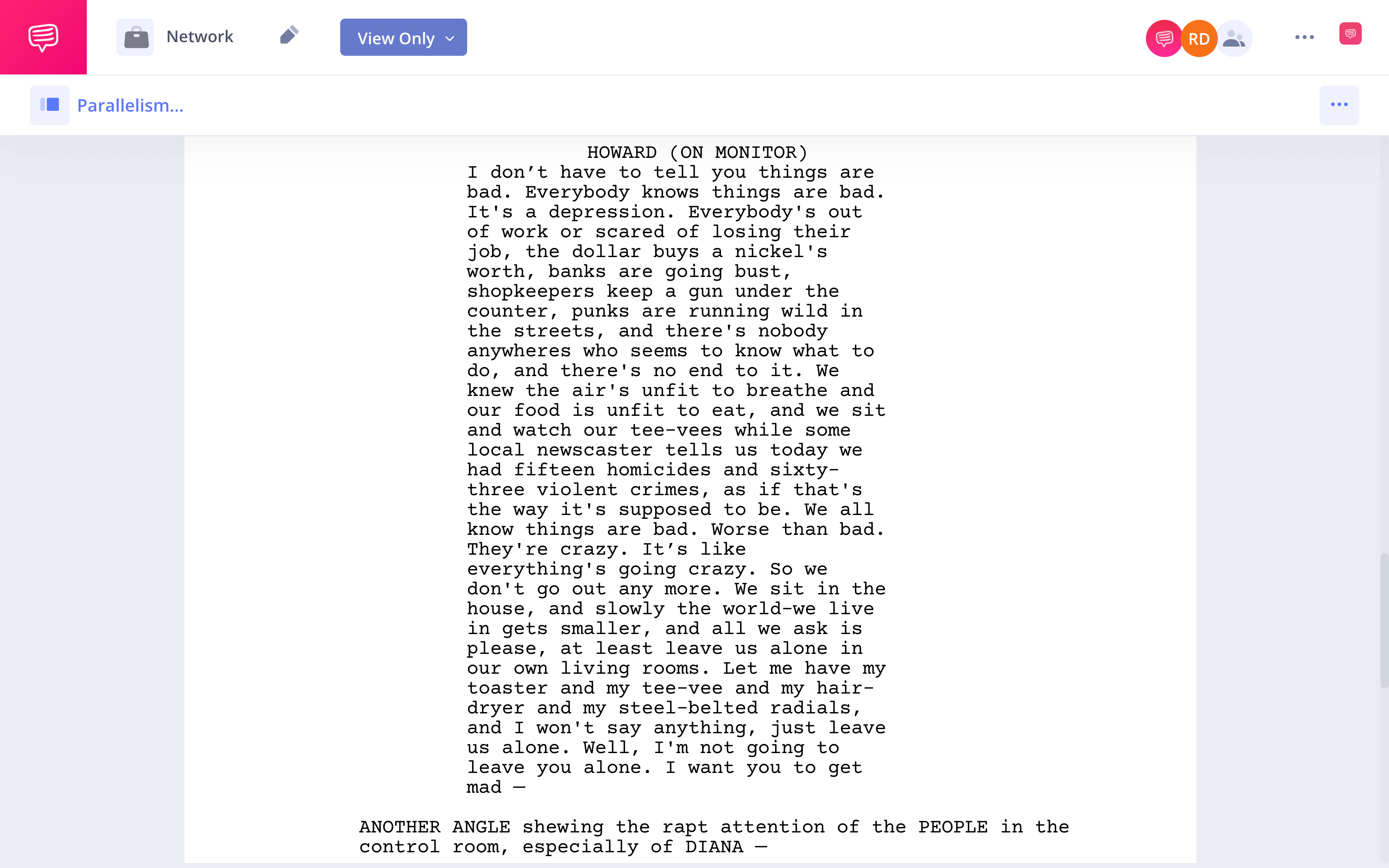Parallelism, or parallel structure, is a grammar style that ensures linguistic clarity. We’re going to explore parallelism examples from writing with the goal of better understanding parallel structure. By the end, you’ll know how parallelism works, and how to implement it in your writing. Tip: that last sentence was an example of parallelism in action!
Parallelism English Examples
Examples of parallelism in writing
Parallelism is a stylistic component of syntax. What is syntax? Syntax is sentence structure. Essentially, syntax dictates how (and why) words go together. There are dozens of components that go into syntax – parallelism is just one of them.
Parallelism isn’t just a grammar style reserved for literature – it’s a tool we use in everyday conversation as well.
Here are some popular parallel phrases:
- “Fool me once, shame on you; fool me twice, shame on me.”
- “What you see is what you get.”
- “If the shoe fits, wear it.”
- “You can’t have your cake and eat it too.”
- “You can’t judge a book by its cover.”
Parallel phrases often use “it” or “their” to match the syntax to the secondary noun. Those were some common parallelism phrases; now let’s look at some other famous parallelism examples.
For a thorough breakdown, here's an awesome video from Khan Academy.
Parallelism in Sentence Structure • Syntax Explained by Khan Academy
Here, the instructors break down active/passive voices, infinite verbs, and lists.
Let’s break down those points in detail.
- Active: The dog ate the treat
- Passive: The treat was eaten by the dog
In this example, the verb is represented by the color pink, the subject is represented by the bolded black, and the secondary noun is represented by the color blue.
Now, here’s an example of infinitive verbs and non-infinitive verbs:
- Infinitive: I like to play basketball, to watch movies, and to eat food.
The pink-highlighted verbs in this section are infinitive; and the green highlighted verbs are non-infinitive.
Next up, the -ing suffix not only makes the verb active, but non-infinitive as well.
- Non-infinitive: I like playing basketball, watching movies, and eating food.
Both of these examples are parallel. However, they’re differentiated by their infinitive and non-infinitive verbs.
Lastly, let’s take a look at parallel and non-parallel lists:
- Parallel list: Cats are kind, caring, and cute.
- Non-parallel list: Cats are kind, caring, and like to play.
In the non-parallel example, the bolded black represents the subject, the orange represents the adjectives, the green represents the non-infinitive verb, and the pink represents the infinitive verb.
There’s nothing inherently wrong with the non-parallel list – it just flows poorly. With those distinctions out of the way, let’s move on to some more parallelism examples!
Parallelism in Writing
Descartes’ rationalism
Rhetoric Parallelism Examples • Descartes’ Most Famous Idea Explained by CosmicSkeptic
French polymath René Descartes famously stated the philosophical maxim, “I think, therefore I am.” Here is why maxim is parallel.
“I think, therefore I am.”
In this maxim, Descartes (I) is the subject and the parallel “think” and “am” are the verbs. Through parallelism, we’re able to infer that thought proves existence. This philosophical principle is known as syllogism.
Funnily enough, Descartes refuted that one could deduce the maxim through the parallel structure; or syllogism. Instead, he suggested that one can only come to understand the maxim through intuition.
Parallelism in Poetry Examples
Shakespeare’s fool

Parallelism Examples in Literature, Shakespeare (via Kwize)
English playwright William Shakespeare used parallelism in all of his plays. In fact, many of Shaekspeare’s most famous quotes utilize parallel structure. Here’s an example from As You Like It:
- “The fool doth think he is wise, but the wise man knows himself to be a fool.”
Notice how the parallel structure implements juxtaposition? Parallel structure doesn’t have to always match clauses. Sometimes, it works better when the clauses juxtapose each other.
Parallelism Sentence Structure in Speeches
John F. Kennedy’s inaugural speech
Rhetoric Parallelism Examples, JFK’s Inaugural Speech
Parallelism plays a huge role in speech-writing. John F. Kennedy’s inaugural Presidential speech contains one of the most famous parallelism examples of all-time.
- “Let every nation know, whether it wishes us well or ill, that we shall pay any price, bear any burden, meet any hardship, support any friend, oppose any foe to assure the survival and the success of liberty.”
This example is no doubt one of the most complex we’ve examined; with multiple nouns, adjectives, and verbs complicating the parallelism. Nonetheless, it’s a great example of parallelism.
Parallelism Sentence Structure in Speeches
The Network monologue
Rhetoric Parallelism Examples
One of the most famous monologues of all time, the “mad as hell” speech from Network, is rife with parallelism. Paddy Chayefsky was one of the greatest screenwriters of all time, and this speech illustrates why. His use of parallelism creates a fantastic rhythm.
Take a look at the monologue on the page, which we imported into StudioBinder’s screenwriting software:
Parallelism examples
There’s a few instances of parallelism here. First, there’s “We knew the air’s unfit to breathe and our food is unfit to eat,” which uses parallel verbs and repeats “unfit” to drive it home.
Parallelism here is used to stack up grievances; Howard is getting everyone on his side. This is wrong and this is wrong and this is wrong and so on.
Then, he starts rattling off solutions. Now we see parallelism between sentences. He repeats “I don’t want you to,” again building a rhythm towards the monologue’s explosive ending.
Once he stops listing off things he doesn’t want the audience to do, he gives the solution: getting mad as hell. The solution packs a punch because it diverges from the parallelism.
As Chayefsky shows us, parallelism is an indispensable tool for all screenwriters. Add it to your kit.
Up Next
What is Anaphora?
Did you know there are subtypes of parallelism? Well, anaphora is one of them. In our next article, we break down the definition of anaphora with examples from Martin Luther King Jr.’s “I Have a Dream” speech to Good Will Hunting. By the end, you’ll know what anaphora is and how to use it in writing.

